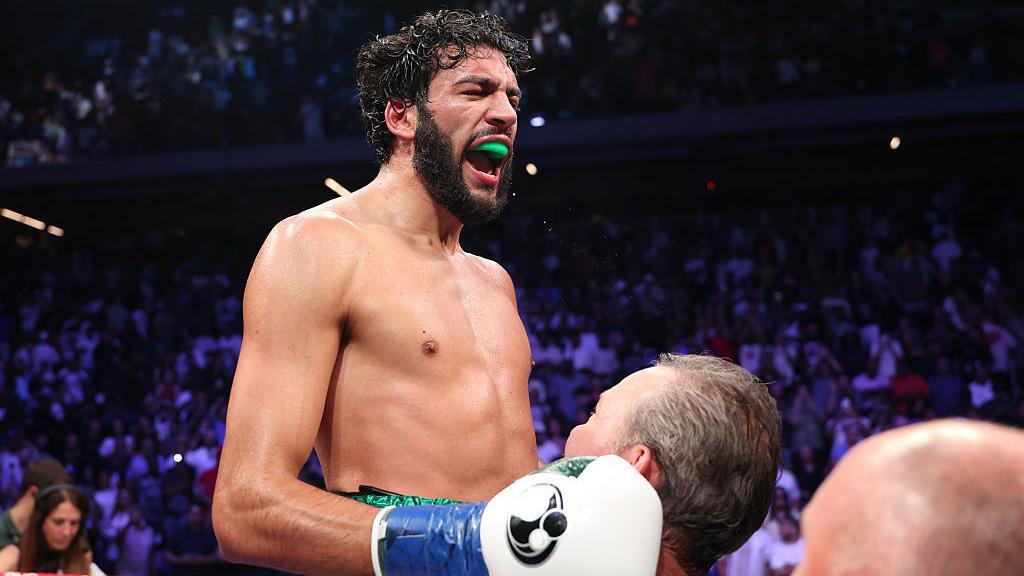Boxing`s spotlight recently fell on New York, specifically Louis Armstrong Stadium, for the Ring Magazine 3 event. While anticipation was high, a curious decision by influential figures in the sport placed multi-division champion Shakur Stevenson, undefeated and highly decorated, in the co-main event slot. This move, reportedly linked to perceptions of his previously dominant, yet sometimes defensively oriented style as “unentertaining,” put him in a peculiar position behind Edgar Berlanga, who had recently faced a significant loss. The message seemed clear: fight aggressively, or risk falling down the card.
Stevenson, never one to shy away from a challenge, addressed the criticism head-on during the promotion for his WBC lightweight title defense against the tough William Zepeda. He promised a different approach, a willingness to engage rather than merely evade. On fight night, he delivered.
What unfolded was a masterclass in controlled aggression. Stevenson didn`t just stand in front of Zepeda; he engaged intelligently, showcasing dazzling speed, precision, and power. While Zepeda came forward with determination, Stevenson met him head-on, landing punishing blows and consistently finding openings. The performance wasn`t a chaotic brawl, but it was far from a defensive retreat. Stevenson landed a significantly higher percentage of punches, controlling the exchanges and dictating the pace. The scorecards reflected this dominance, with judges awarding Stevenson virtually every round. While he admitted taking more shots than usual in his quest to make a point, his control of the distance and accuracy were paramount.
The night`s irony wasn`t lost when the supposed main event, featuring Edgar Berlanga, ended abruptly with Berlanga suffering a knockout loss in five rounds. Stevenson`s calculated dominance stood in stark contrast to the main event`s outcome, raising pertinent questions about the criteria for headlining major shows. It appears the pursuit of perceived entertainment doesn`t always align with technical proficiency or the ability to withstand a challenge.
This fight highlights a persistent tension in boxing: the balance between skill, defense, and pure entertainment value. While knockouts are undeniably thrilling, forcing fighters to abandon fundamental defensive strategies for the sake of a more aesthetically pleasing (to some) slugfest is a dangerous proposition. Boxing is often called the sweet science for a reason; it`s an art that involves minimizing damage while inflicting it upon the opponent. Penalizing a fighter for being exceptionally good at avoiding punches sends a strange message in a sport where long-term health is a constant concern. A defensive masterclass can be just as compelling, albeit in a different way, as a toe-to-toe war.
Shakur Stevenson`s performance against Zepeda was more than just a title defense; it was a statement. He proved he possesses the grit and versatility to stand and fight when necessary, while simultaneously underscoring the inherent value of defensive mastery. The focus should now shift. Instead of pressuring elite defensive fighters to become brawlers, perhaps opponents need to evolve and find ways to solve the complex puzzle presented by a talent like Stevenson. Hopefully, this dominant, yet adaptable, performance ensures that skill, in all its forms, remains paramount in determining boxing`s brightest stars. Being too good at avoiding punches shouldn`t be a reason to be overlooked.

